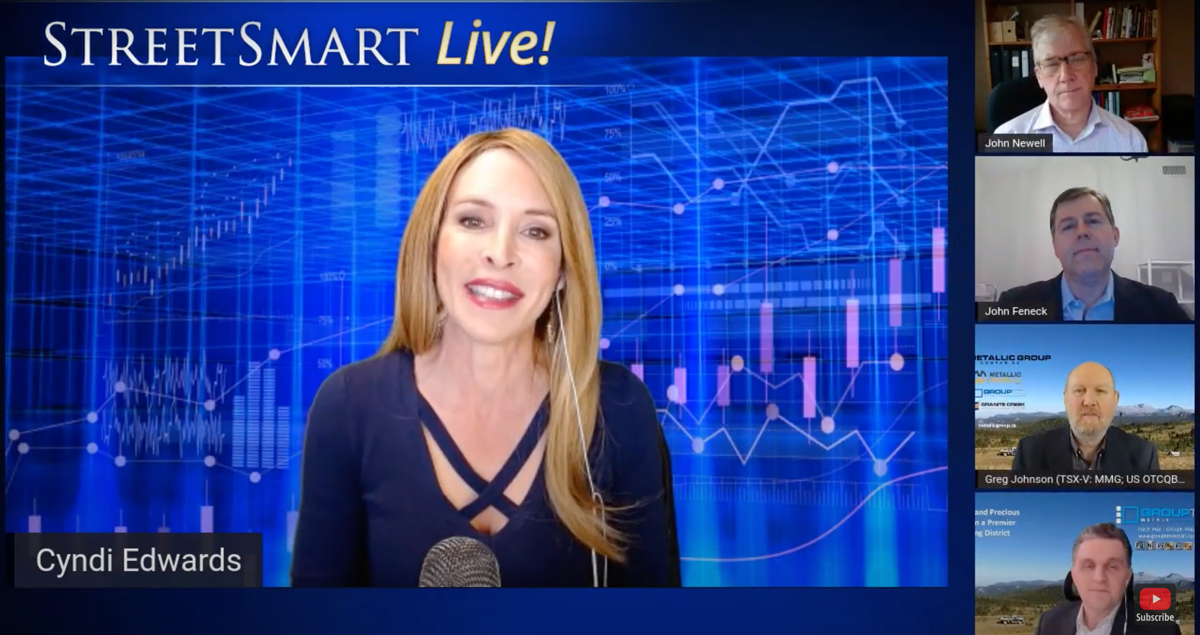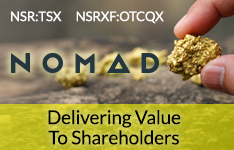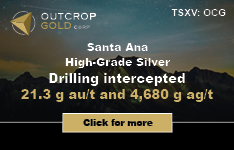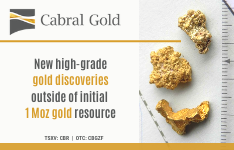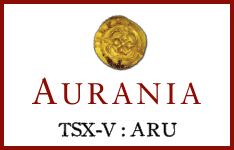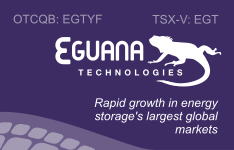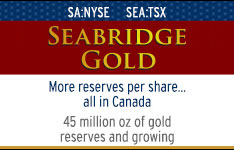Silver Coin Sales, ETF Outflows Show Market Divergence
Source: Kitco, Debbie Carlson (1/24/11)
"If the mint sales and exchange-traded product sales slow, prices will fall dramatically."
Two investment tools for silver—coin sales and exchange-traded funds—are showing a divergence in investment activity this January as coin sales reach record levels and ETFs show significant outflows.
While the divergence is obvious, trying to get a sense of what this bifurcation may mean for the larger market is a little more difficult to map. Some market watchers said the division doesn't matter because the one does not influence the other. Others said it's important to keep an eye out because changes in these patterns could affect prices, while still others said it might be a sign the physical market could be growing in importance in contrast to the derivative, or "paper" market.
As of early Monday afternoon, the U.S. Mint's Web site showed that 4,724,000 one-ounce coins have been sold far this month. This is higher than the previously monthly record of 4,260,000 set back in November, said Mint spokesman Michael White.
On the other hand, silver ETFs are seeing heavy outflows. As of Friday, Barclays Capital said another 132 metric tons came out of ETFs, bringing the monthly outflow to 497 tons, which would make January one of the weakest months for the funds.
Suki Cooper, precious metals analyst at Barclays, said last year when silver prices were at multi-decade highs last year, it was a combination of strong coin sales and heavy ETF inflows that lifted values. Last year, total ETF holdings for the eight products they track reached a record high of 15,265 tons and they estimated coin sales were 2,675 tons.
So, investors need to eye the pace of coin sales, especially if ETF holdings continue to soften. "If the mint sales and exchange-traded product sales slow, prices will fall dramatically because of the poor fundamentals. Investment demand is key," Cooper said.
While the divergence is obvious, trying to get a sense of what this bifurcation may mean for the larger market is a little more difficult to map. Some market watchers said the division doesn't matter because the one does not influence the other. Others said it's important to keep an eye out because changes in these patterns could affect prices, while still others said it might be a sign the physical market could be growing in importance in contrast to the derivative, or "paper" market.
As of early Monday afternoon, the U.S. Mint's Web site showed that 4,724,000 one-ounce coins have been sold far this month. This is higher than the previously monthly record of 4,260,000 set back in November, said Mint spokesman Michael White.
On the other hand, silver ETFs are seeing heavy outflows. As of Friday, Barclays Capital said another 132 metric tons came out of ETFs, bringing the monthly outflow to 497 tons, which would make January one of the weakest months for the funds.
Suki Cooper, precious metals analyst at Barclays, said last year when silver prices were at multi-decade highs last year, it was a combination of strong coin sales and heavy ETF inflows that lifted values. Last year, total ETF holdings for the eight products they track reached a record high of 15,265 tons and they estimated coin sales were 2,675 tons.
So, investors need to eye the pace of coin sales, especially if ETF holdings continue to soften. "If the mint sales and exchange-traded product sales slow, prices will fall dramatically because of the poor fundamentals. Investment demand is key," Cooper said.





